In this video you can learn how to simplify complex fractions. Look at the example in the illustration. To simplify this complex problem, you would first add the number 1 under the whole number in the denominator, to make it a fraction. Then change it from a division problem by simply inverting (flipping the numbers over) in the second part of the problem. Then multiply the numerators and the denominators across and simplify the problem further, if necessary. To simplify this complex problem, multiply the top numerator with the reciprocal of the denominator. That is, flip the fraction in the denominator position and then multiply across. For example: To simplify complex fractions with mixed fractions--as in this example--you first need to change the mixed fraction and improper fraction by multiplying the denominator by the whole number. Then add the numerator to the whole number to get a numerator--here, 25. The denominator should always remain the same in each problem (it happens to be the number 3 in this particular example). Make the number 5 into a simple fraction by adding the number one under it. The problem shown here is a continuation of the previous problem. Once you have simplified the numerator and the denominator by making the fraction into an improper fraction, you will then write out the operation as a division problem (because the main line between the two fractions means "to divide"). Next, change the problem from a division problem by simply inverting (flipping the second fraction numbers over), and multiply the numerators and the denominators across. Finally, simplify the problem, if possible. If you like, you can use cross-multiplication to reduce your problem by finding the least common factor, or you can just reduce the complex fraction at the end. See the illustration for an example.
Apple's iOS 26 and iPadOS 26 updates are packed with new features, and you can try them before almost everyone else. First, check Gadget Hacks' list of supported iPhone and iPad models, then follow the step-by-step guide to install the iOS/iPadOS 26 beta — no paid developer account required.





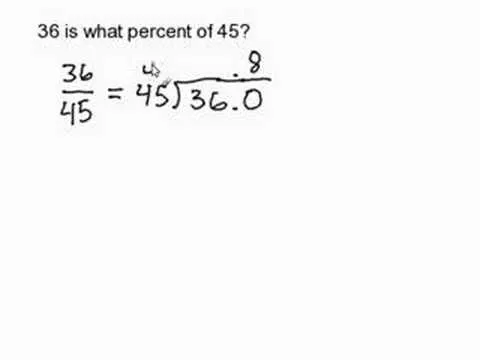
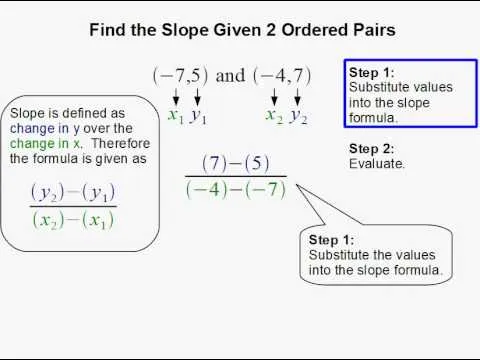











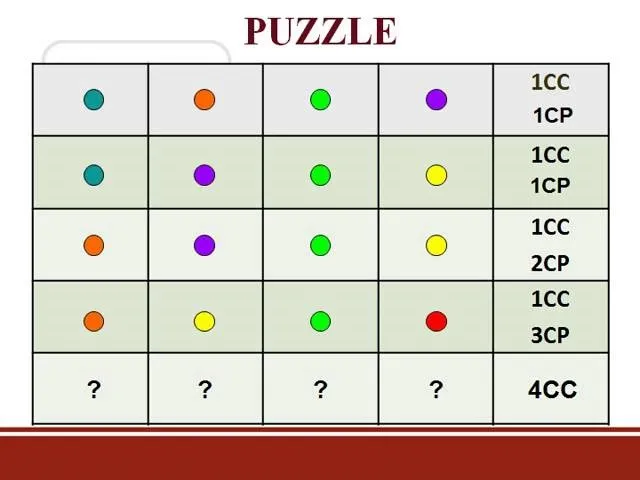
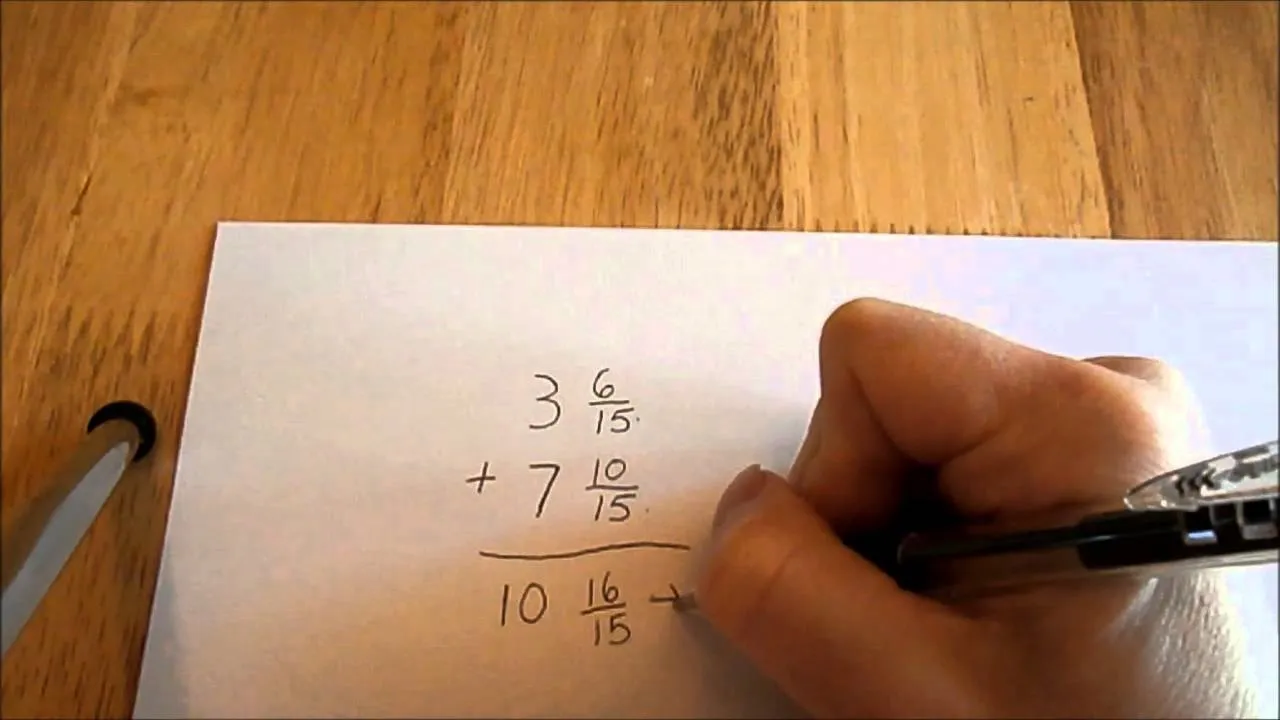

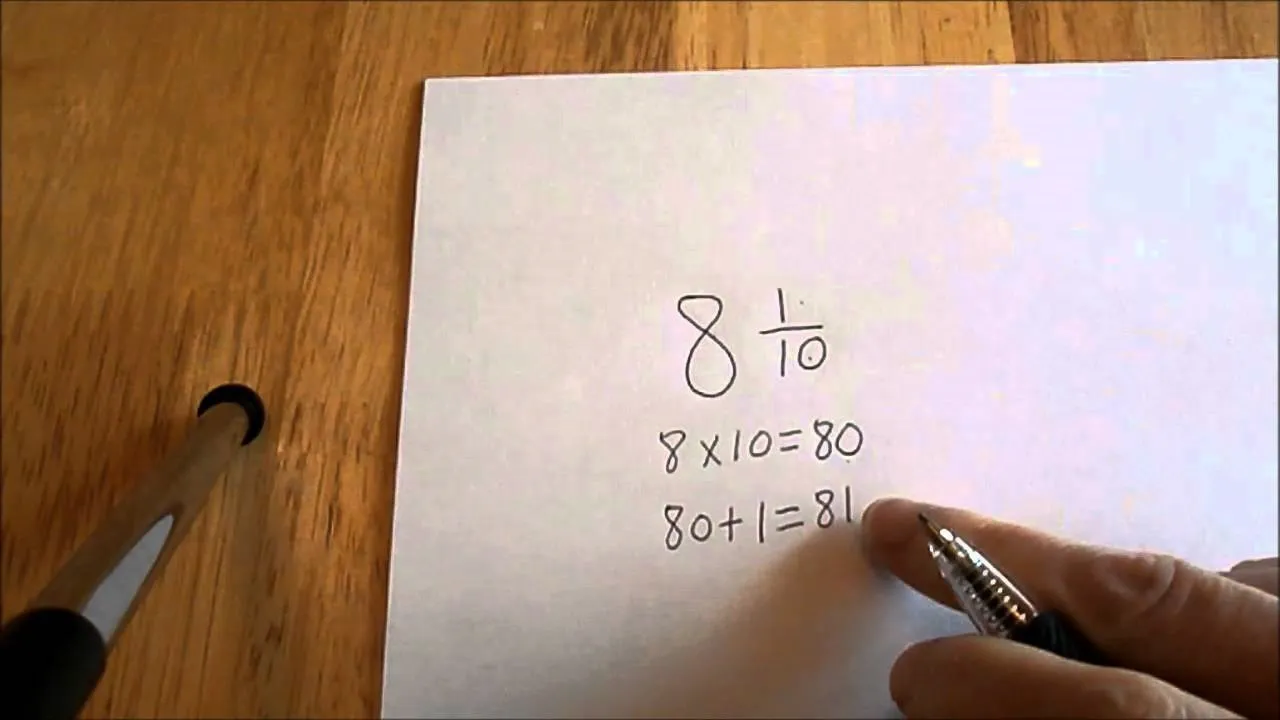


Comments
Be the first, drop a comment!